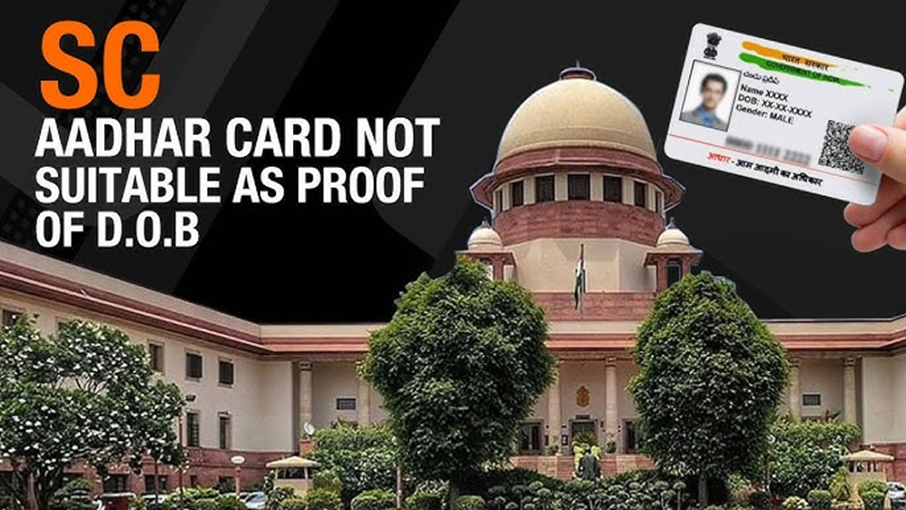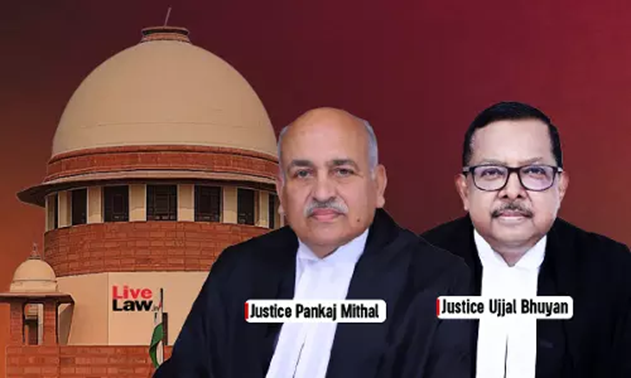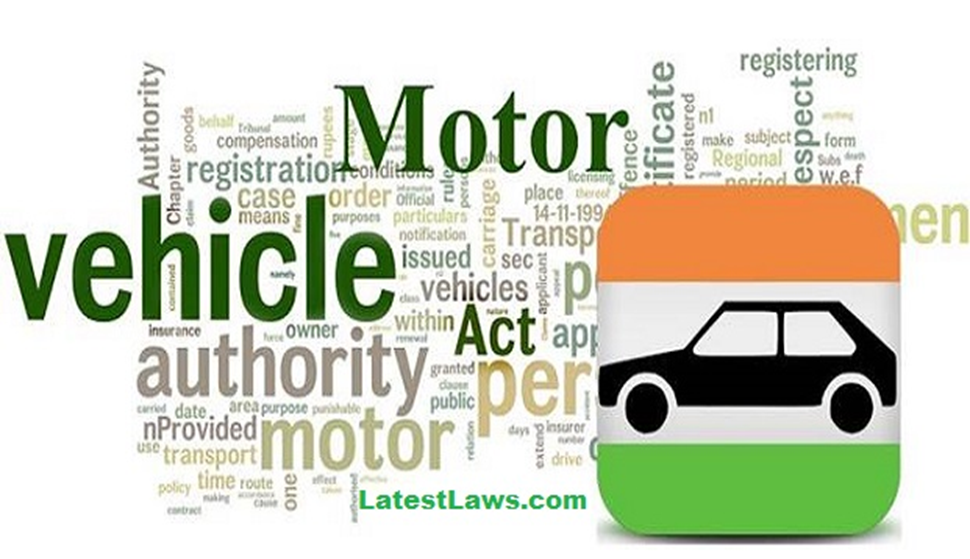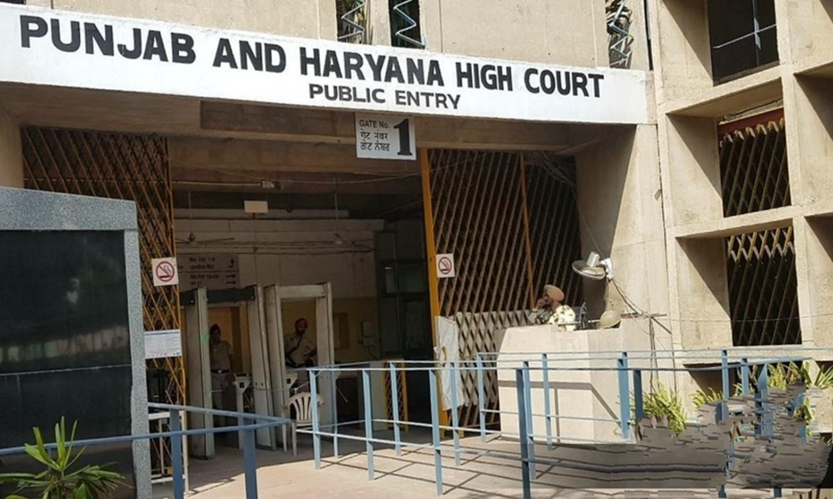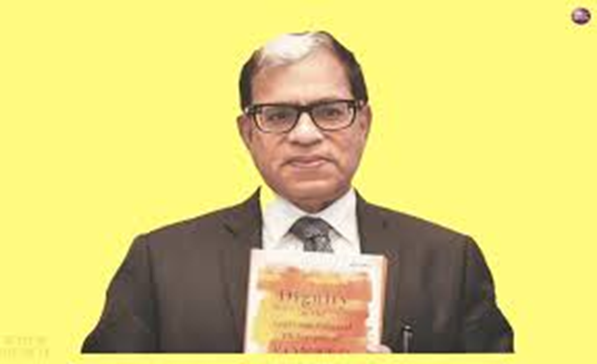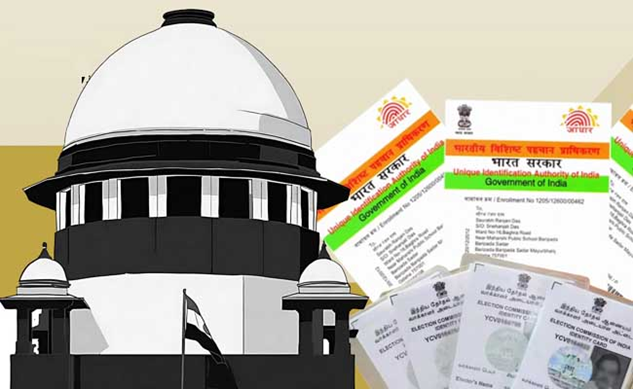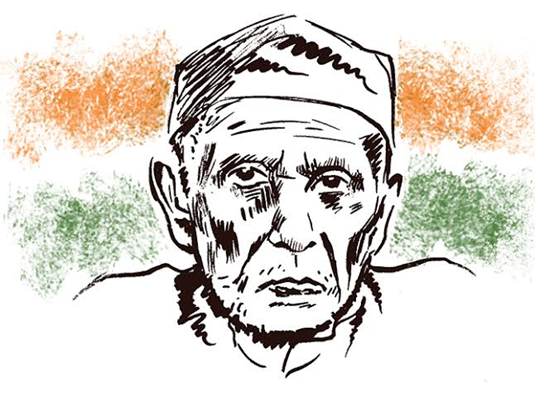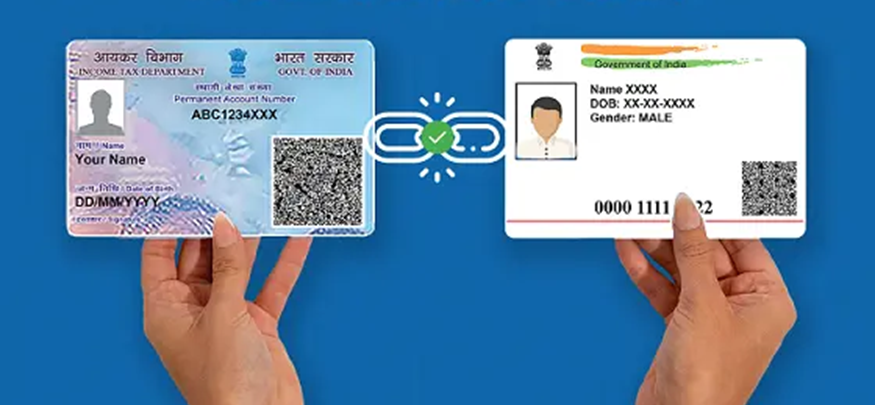Supreme Court ruled that Aadhaar cannot be used as proof of date of birth (DoB) or proof of age and for determination of age in a motor accident claim, and the school leaving certificate having a statutory recognition is valid and acceptable proof. The ruling has raised questions on the purpose of Aadhaar, which has been described as a “universal identity infrastructure” by the Unique Identification Authority of India (UIDAI), tasked with issuing Aadhaar numbers.
Supreme Court | Aadhaar Is Not Suitable As Proof Of Date of Birth
Why In News
- Supreme Court ruled that Aadhaar cannot be used as proof of date of birth (DoB) or proof of age and for determination of age in a motor accident claim, and the school leaving certificate having a statutory recognition is valid and acceptable proof. The ruling has raised questions on the purpose of Aadhaar, which has been described as a “universal identity infrastructure” by the Unique Identification Authority of India (UIDAI), tasked with issuing Aadhaar numbers.
Why Did The Court Issue This Ruling
- A Supreme Court bench comprising Justices Sanjay Karol and Ujjal Bhuyan was tasked with determining the compensation to be given to the family of a man named Sika Ram who died following a motorcycle accident.
- In April 2015, the Motor Accident Claims Tribunal in Rohtak, Haryana, directed the insurance company to pay compensation of Rs 19,35,400.
- Compensation in cases of death under the Motor Vehicles Act, 1988 (MVA), is determined by certain factors including the income and age of the deceased, as well as the number of dependants.
- The age is used to determine the multiplier, a numerical value that reflects future financial contributions from the deceased to the dependants, based on what would have been their potential earning capacity and life expectancy.
- On appeal, the Punjab & Haryana High Court reduced the compensation to Rs. 9,22,336 noting that the deceased was 47 years old according to his Aadhaar card when he died, meaning a multiplier of 13 under the MVA.
- The victim’s family appealed to the Supreme Court, arguing that he was actually 45 at the time of the accident according to his School Leaving Certificate, and the multiplier should be 14 instead.
About The Judgement
- SC referred to Section 94 of the Juvenile Justice (Care and Protection of Children) Act, 2015 which states that the “matriculation or equivalent certificate from the concerned examination Board” can be used as evidence to determine the age of a person brought before a Board or Committee under the Act.
- It supplemented this with High Court judgements mandating the use of the School Leaving Certificate to determine a person’s age instead of the Aadhaar card.
- It also relied on the 2018 SC Constitutional Bench ruling where Justice Dr. A K Sikri described Aadhaar as “proof of identity”, as well as a UIDAI circular reiterating that Aadhaar is “not a proof of date of birth”.
- Supreme Court thus upheld a multiplier of 14 to calculate the compensation based on the age on the School Leaving Certificate and awarded the family Rs 15 lakh.
How Aadhaar’s Mandate Has Expanded Over The Years
- Aadhaar was mooted by the UPA government first as a “unique ID (UID) for below-poverty-line families” to access government schemes, and then as a national exercise to register and issue unique IDs to every resident in India.
- Amidst disagreements between the Finance Ministry, which then oversaw the UIDAI, and the Home Ministry, the exercise failed to take off. The National Identification Authority of India (NIAI) Bill was also rejected before it could be voted upon.
- In the run-up to the 2014 parliamentary election, the BJP opposed the Aadhaar exercise, questioning the security of the database and the extension of benefits to illegal immigrants.
- The tides changed in 2016, following the BJP’s ascent to power with a brute majority: the NIAI Bill was withdrawn, and the party introduced the Aadhaar (Targeted Delivery of Financial and Other Subsidies, Benefits and Services) Bill in July 2016 as a money bill.
- Article 110 of the Constitution of India authorises the passage of a money bill as law to be passed by the Lok Sabha overriding Rajya Sabha objections, provided the Bill meets certain conditions.
- Following a legal challenge in the Supreme Court by former Karnataka High Court judge, Justice K S Puttaswamy, the SC in 2018 held that Aadhaar could not be made mandatory for opening a bank account, enrolling in educational institutions or getting a mobile SIM card.
- However, it upheld the mandatory linking between Aadhaar and PAN cards for filing income tax returns and allowed Aadhaar to be used to verify the identities of potential beneficiaries of government social welfare schemes. Though the court held that Aadhaar registration must remain ‘voluntary’, the scope of the exercise has expanded significantly since it was first introduced.
- Aadhaar verification is now essential for accessing various government schemes and is also requested by private entities like Amazon Pay and Aditya Birla Housing Finance.
- In January 2024, Aadhaar became mandatory for rural workers seeking employment under the Mahatma Gandhi National Rural Employment Guarantee Scheme.
